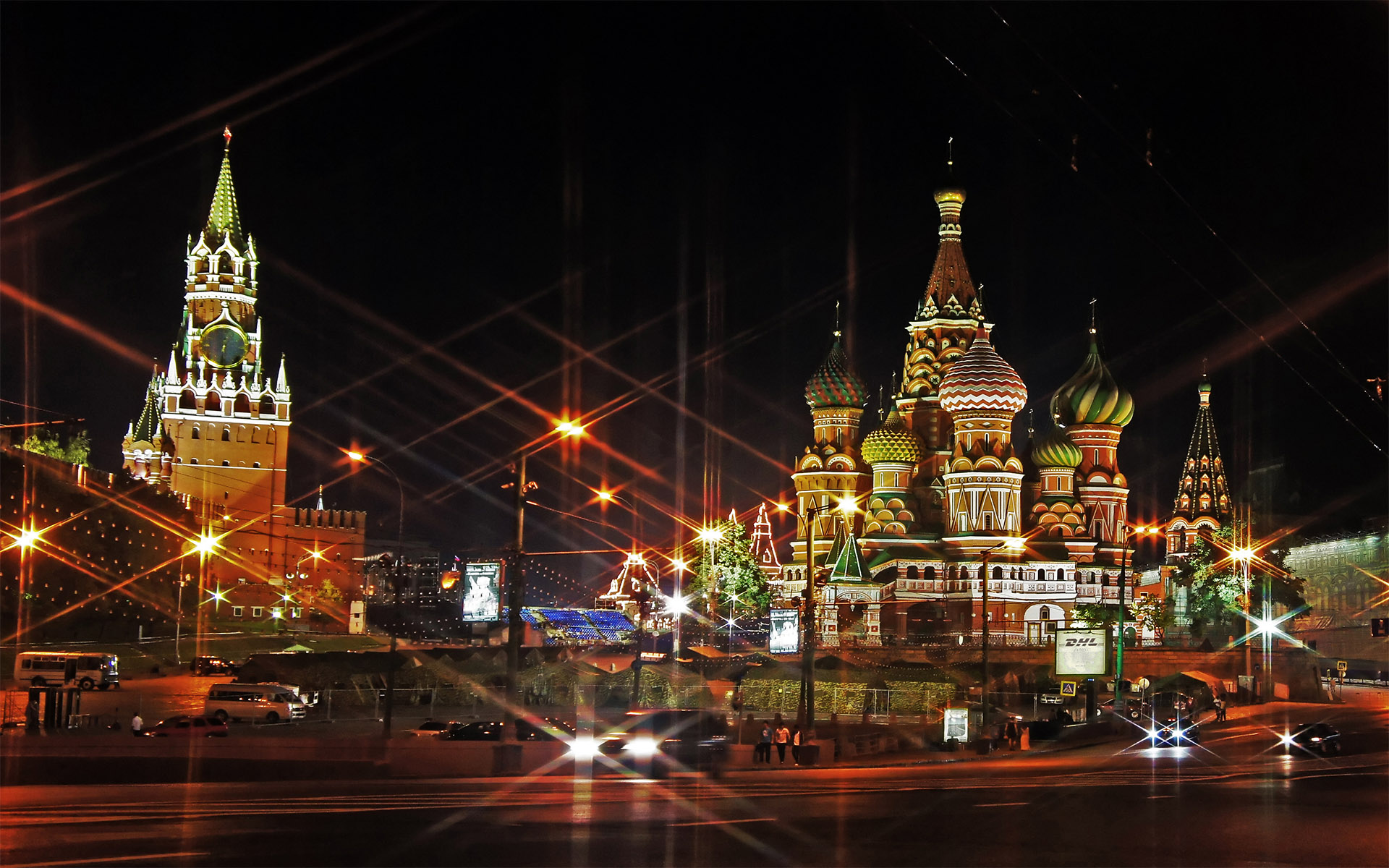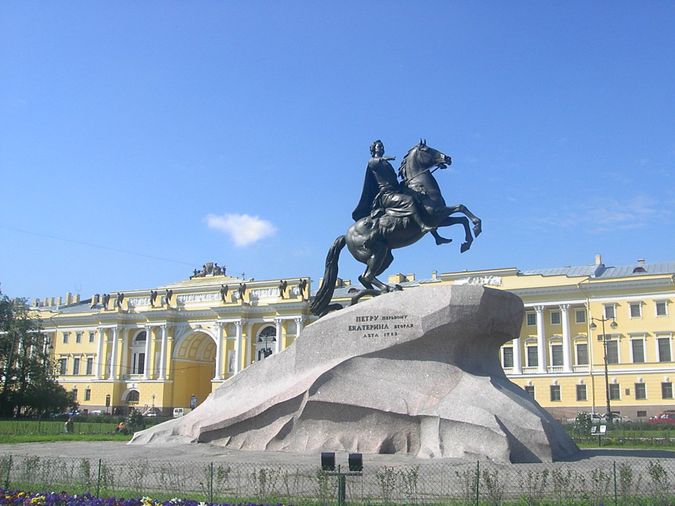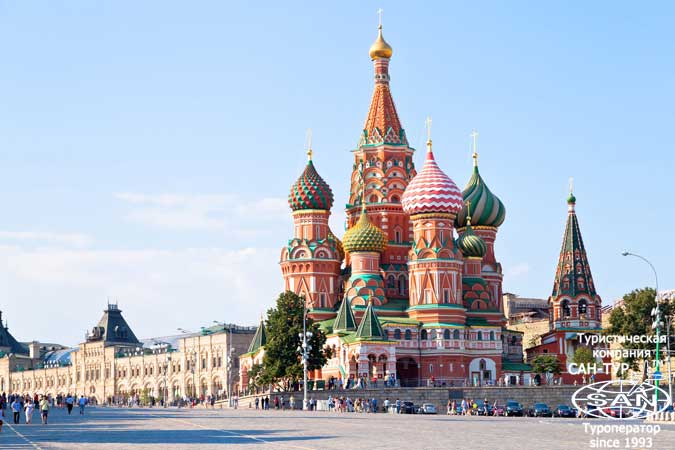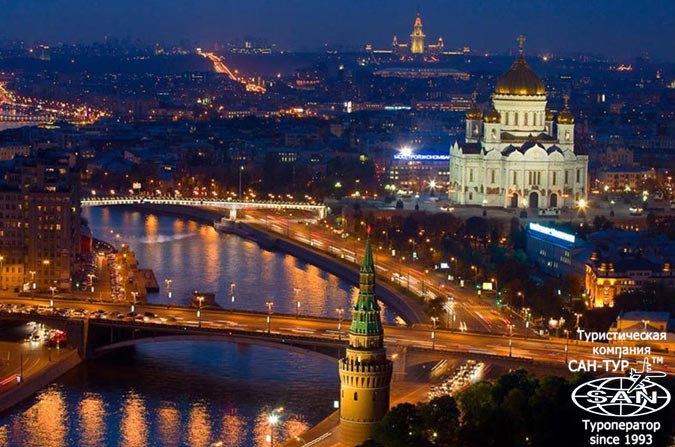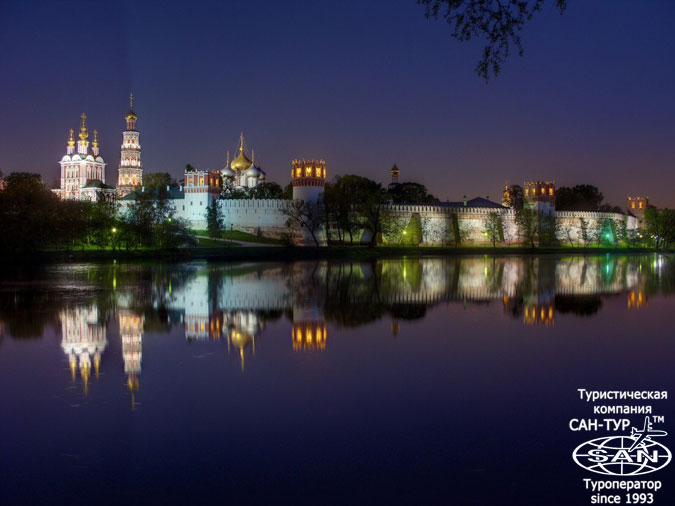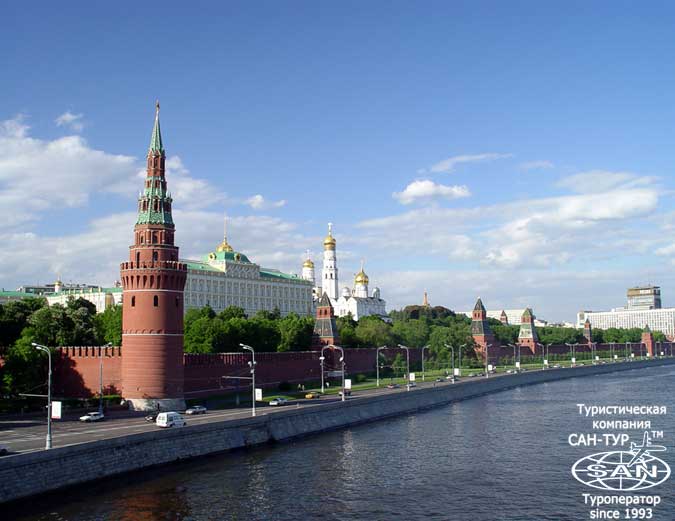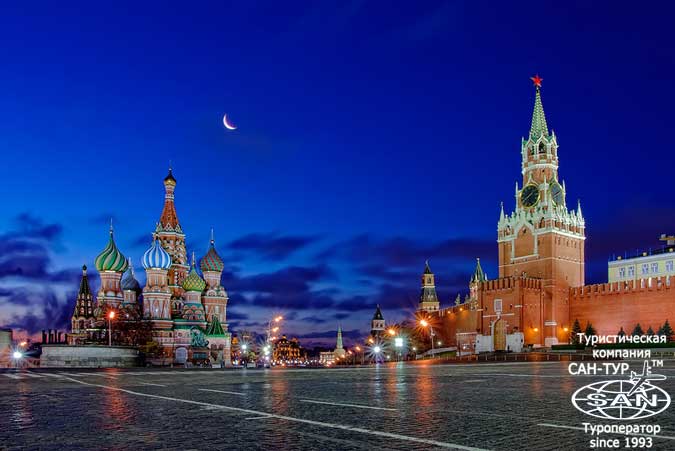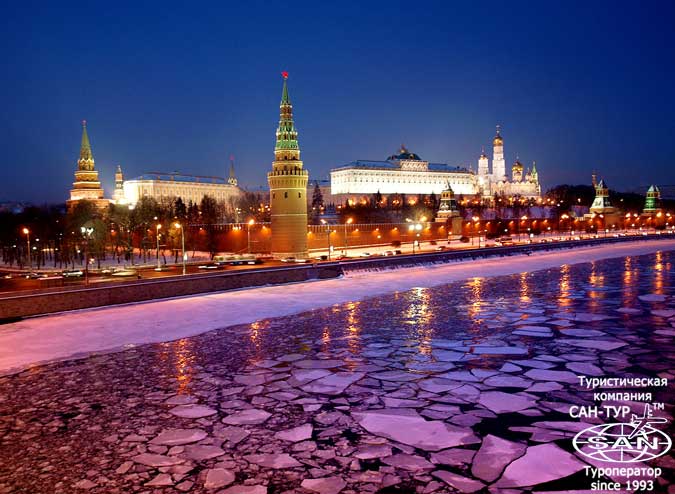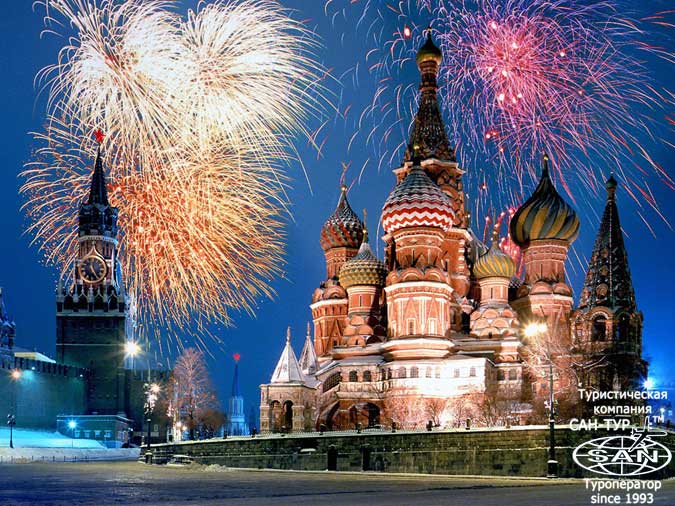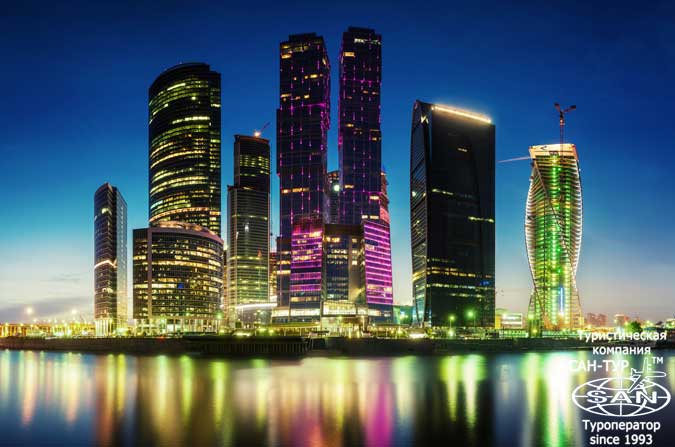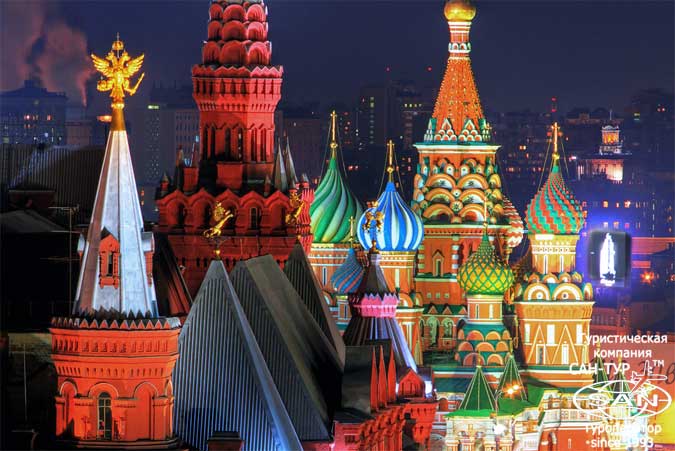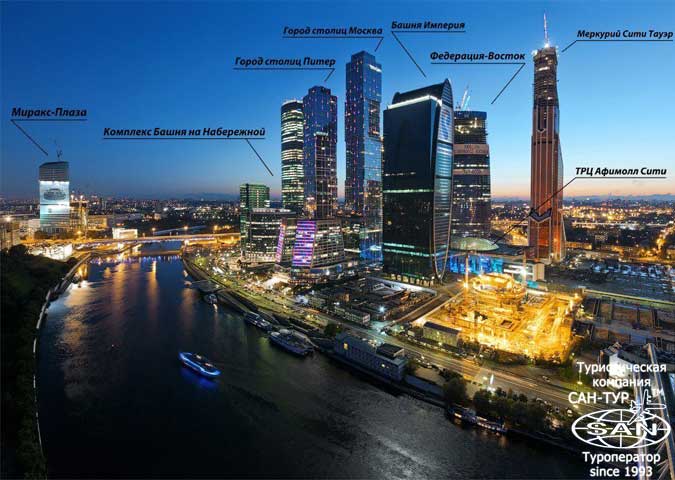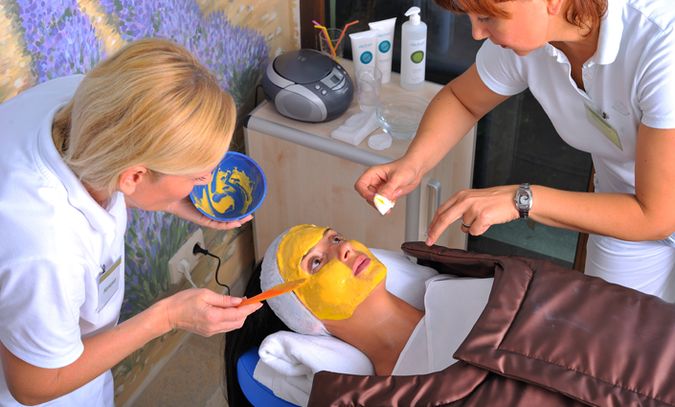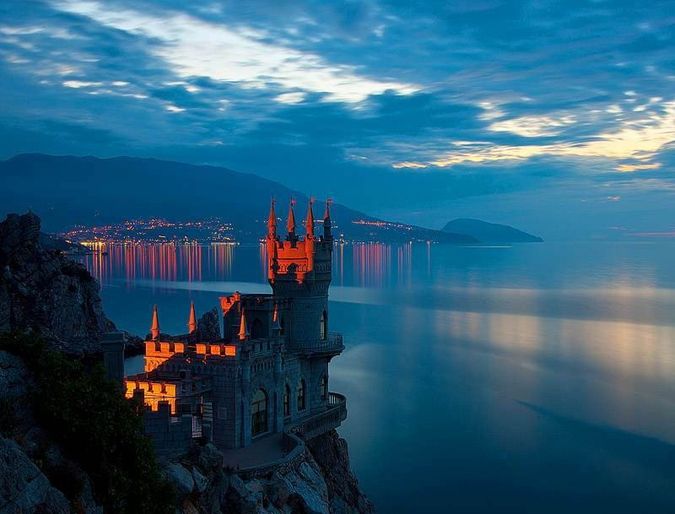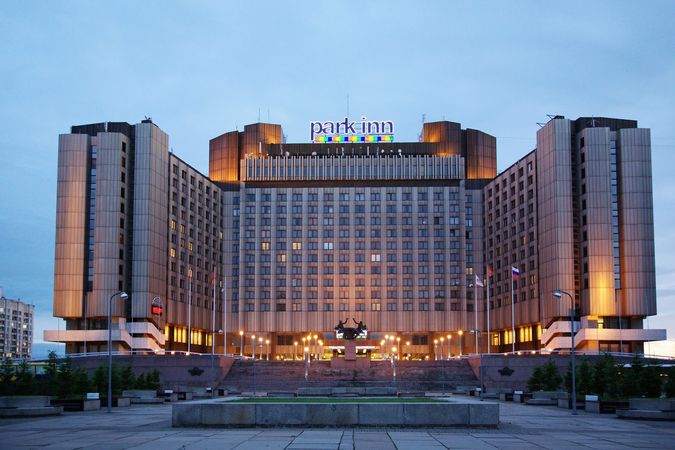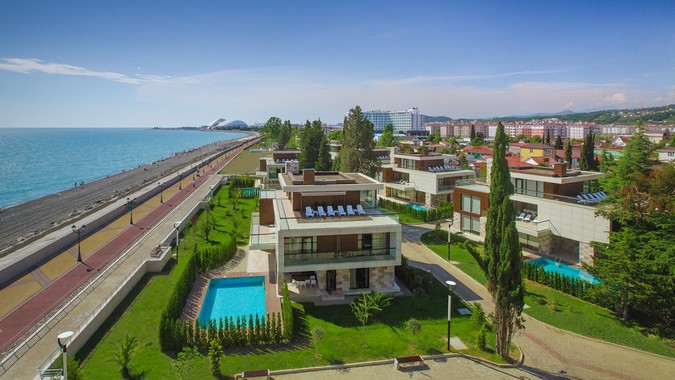|
Moscow, Russia, +7(495) 774-37-38
|
|
Welcome to moscow! Moscow is a city of tremendous power and energy. Hulking gothic towers loom over broad avenues that form a sprawling web around the Kremlin and course with traffic day and night. The Soviet past looms large, but the city embraces capitalism with gusto.
St. Petersburg - Russia's great northern capital. Many fans of travel, both Russian and foreign, dream of visiting Russia's great northern capital. Founded by Peter I in 1703, the city was always intended to be great, but the modern St. Petersburg has outgrown its old boundaries manyfold.
|
|
|
Отель Чеботаревъ 4* Отель Чеботаревъ 4* Уютные номера класса люкс Отель Чеботаревъ 4* #chebotarevhotelsochi#турывсочи#туры#пляжныйотдыхвсочи#отдыхвсочи#отдыхвроссии#формула1всочи#отдыхсдетьмивсочи#сантур#лучшиеотеливсочи Опубликовано 14 Dec 2025 06:36 pm
Grand Europe St Petersburg Hotel 5* За свою продолжительную историю отель принимал гостей со всего мира, включая таких знаменитостей как Мстислав Ростропович, Билл Клинтон, Элтон Джон, Петр Ильич Чайковский, Герберт Уэллс, Матильда Кшесиниская и многих других. Grand Europe St Petersburg Hotel 5* #belmondgrandhoteleuropespb#турывсанктпетербург#роскошныйотдыхвсанктпетербурге#роскошныеотеливсанктпетербурге#хорошийотельвпитере#отельвспб#спбтуры#туры#сантур#лучшиеотелипитера Опубликовано 13 Dec 2025 06:36 pm
Altay Village Teletskoe Hotel 5* Altay Village Teletskoe Hotel 5* #altayvillageteletskoe#роскошныеотелинаалтае#турынаалтай#туры#горныйалтай#роскошныйотдыхнаалтае#алтайтуры#сантур#лучшиеотелиалтая Опубликовано 12 Dec 2025 04:15 pm
Туры в Сочи Туры в Сочи #турывсочи#турыпороссии#туры#пляжныйотдыхвсочи#отдыхвсочи#отдыхвроссии#формула1всочи#отдыхсдетьмивсочи#сантур#лучшиеотелисочи Опубликовано 11 Dec 2025 01:00 pm
10 самых популярных
В Какие же туристические маршруты Огромной популярностью у туристов В этих городах сохранилось множество исторических памятников культуры, архитектурных сооружений, старинных соборов, охраняемых Российским государством и ЮНЕСКО. #турыпороссии#туры#турыпозолотомукольцу#турывмоскву#отдыхвроссии#saintpetersburg#турывсочи#сантур#лучшиетурыпороссии#турынаалтай Опубликовано 10 Dec 2025 08:07 pm
Лазурная Отель и Спа 4* Лазурная Отель и Спа 4* От отеля до пляжа всего 300 метров.... #lazurnayasochihotel#турывсочи#туры#пляжныйотдыхвсочи#отдыхвсочи#лазурнаяотельспасочи#формула1всочи#отдыхсдетьмивсочи#сантур#лучшиеотелисочи Опубликовано 09 Dec 2025 05:39 pm
Yalta Intourist Hotel 4* Номерной фонд отеля составляет 1140 уютных современных номеров различных категорий, которые оснащены всем необходимым для отличного времяпрепровождения. Собственный пляж, открытый бассейн с морской водой, предлагаемый спектр услуг позволяют гостинице соответствовать высокому уровню обслуживания Отель Ялта-Интурист 4* #jaltainturisthotel#ялтаинтуристотель#турыпороссии#туры#турывкрым#отдыхвроссии#отдыхвкрыму#роскошныйотдыхвкрыму#сантур#лучшиеотеликрыма Опубликовано 08 Dec 2025 02:03 pm
SPA - Отель Mishilen Detox Wellness Sochi 4* Индивидуальный подход к каждому посетителю гарантирует доброжелательный и высококвалифицированный персонал. И, разумеется, это богато обставленные апартаменты. Территория Шикарные интерьеры спален, выполненные в итальянском стиле, внимательный персонал, богатая инфраструктура сделают ваше посещение Программа RELAX #mishilendetoxwellnesshotelasochi#турывсочи#туры#пляжныйотдыхвсочи#отдыхвсочи #отдыхвроссии#формула1всочи#отдыхсдетьмивсочи#сантур#лучшиеотелисочи Опубликовано 07 Dec 2025 10:28 pm
Крым информация Крым информация Отдых в Крыму И, конечно, утопающие в зелени старинных парков многочисленные здравницы - от дорогих звездных отелей и дач-дворцов, отвечающих требованиям высшей международной категории, - до скромных по уровню комфорта санаториев, доступных людям со средним достатком. Все это Крым.... #турывкрым#крыминформация#туры#турывялту#отдыхвкрыму #отдыхвроссии#турывсудак#турывсевастополь#сантур#лучшиеотеликрыма Опубликовано 05 Dec 2025 01:52 am
Cosmos St. Petersburg Pribaltiyskaya Hotel 4* В современных и комфортабельных номерах отеля Прибалтийская может разместиться более 2000 гостей. Просторные, отлично оборудованные конференц-залы и конгресс-центр на 1500 участников, непосредственная близость к главному выставочному комплексу города Ленэкспо и отменный вид на Финский залив из большинства номеров делают #cosmossaintpetersburgpribaltiyskayahotelspb#турывсанктпетербург#роскошныйотдыхвсанктпетербурге#роскошныеотеливсанктпетербурге#хорошийотельвпитере#отельвспб#спбтуры#туры#сантур#отдыхсдетьмивсанктпетербурге Опубликовано 04 Dec 2025 12:53 pm
Арфа Парк Отель 5* Арфа Парк Отель 5* В непосредственной близости от отеля располагается тематический парк развлечений Сочи-Парк, Олимпийская деревня, пригородный орнитологический парк, а также Олимпийский парк с трассой Формулы-1 и парк Южные культуры... #arfaparkhotelsochi#турывсочи#туры#пляжныйотдыхвсочи#отдыхвсочи#отдыхвроссии#формула1всочи#отдыхсдетьмивсочи#сантур#лучшиеотелисочи Опубликовано 03 Dec 2025 07:55 pm
Moscow.Cosmopolitan in flavor, Russia’s capital exudes prosperity and vigor. From Stalin’s carved-marble metro stations to the sprawl of modern business complexes, Moscow flaunts its ambition with a penchant for going over the top. It’s an all-night-party town whose days offer endless opportunities for those who can keep up. A merchant capital by birth, Moscow was fashioned for big spenders, and money has always made the wheels go ‘round here. Now counted as one of the world’s most expensive cities, the only possible limit is the size of your wallet. 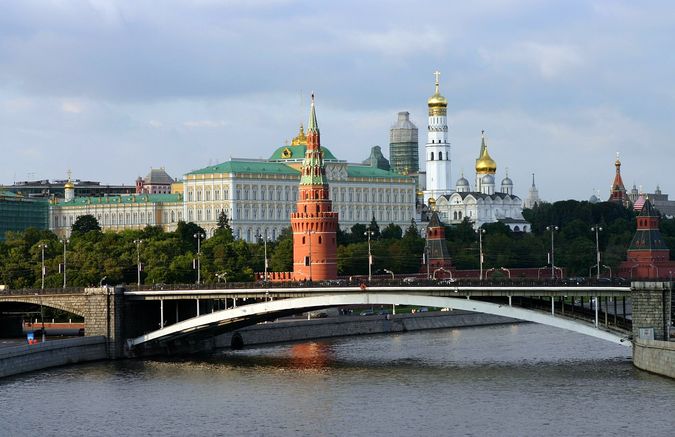 Moscow Environs and the Golden Ring. In the 12th to 14th centuries, the Golden Ring cities were the most important political, religious, and commercial centers in Russia before Moscow usurped all power. Nowadays these ancient enclaves are perfect destinations for rolling back the centuries. A visit to their medieval convents, ancient trade chambers, and kremlins is like stepping into a living encyclopedia of Russian culture, complete with picture-postcard views of onion-domed churches set on the banks of the Volga River. 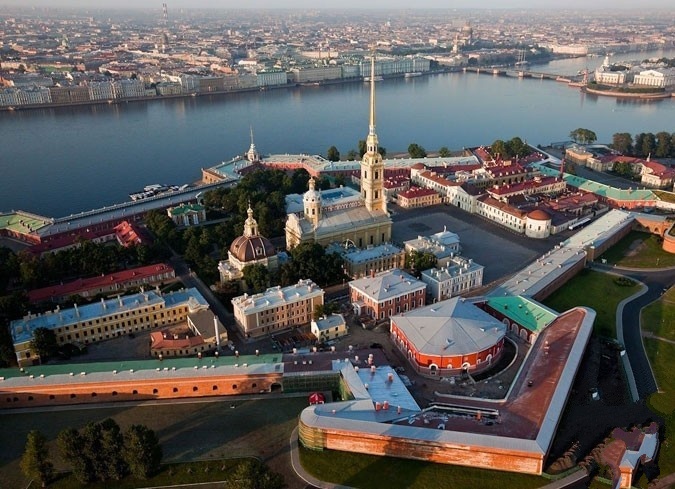 St. Petersburg. Serenity and reflection reign in this city. Tsars don’t rush—it would be undignified. St. Petersburg was founded as the new capital of the Russian Empire in 1703 by Peter the Great and still carries itself with austere regal grace. The city built on the marshy banks of the Neva River today attracts more tourists than anywhere else in Russia. A brilliant fusion created by Italian and French architects, St. Petersburg invites comparisons with Amsterdam, Venice, and Stockholm. The big attractions here are the pastimes of the nobility—artwork, classical concerts, ballet, and idyllic promenading in the 19th-century landscape. Summer Palaces and Historic Islands. Several of St. Petersburg’s imperial summer residences have been meticulously restored to their original splendor, and the sheer opulence is stunning. Peterhof’s (Petrodvorets) park is Russia’s answer to Versailles, while Catherine’s Palace at Pushkin (Tsarskoye Selo) houses the legendary Amber Room. Lomonosov (Oranienbaum), a UNESCO World Heritage Site, and the Konstantine Palace have both undergone restoration and are great places for a summer stroll or picnic. The islands of Kronshtadt and Vallam showcase another side of the city’s history. |

